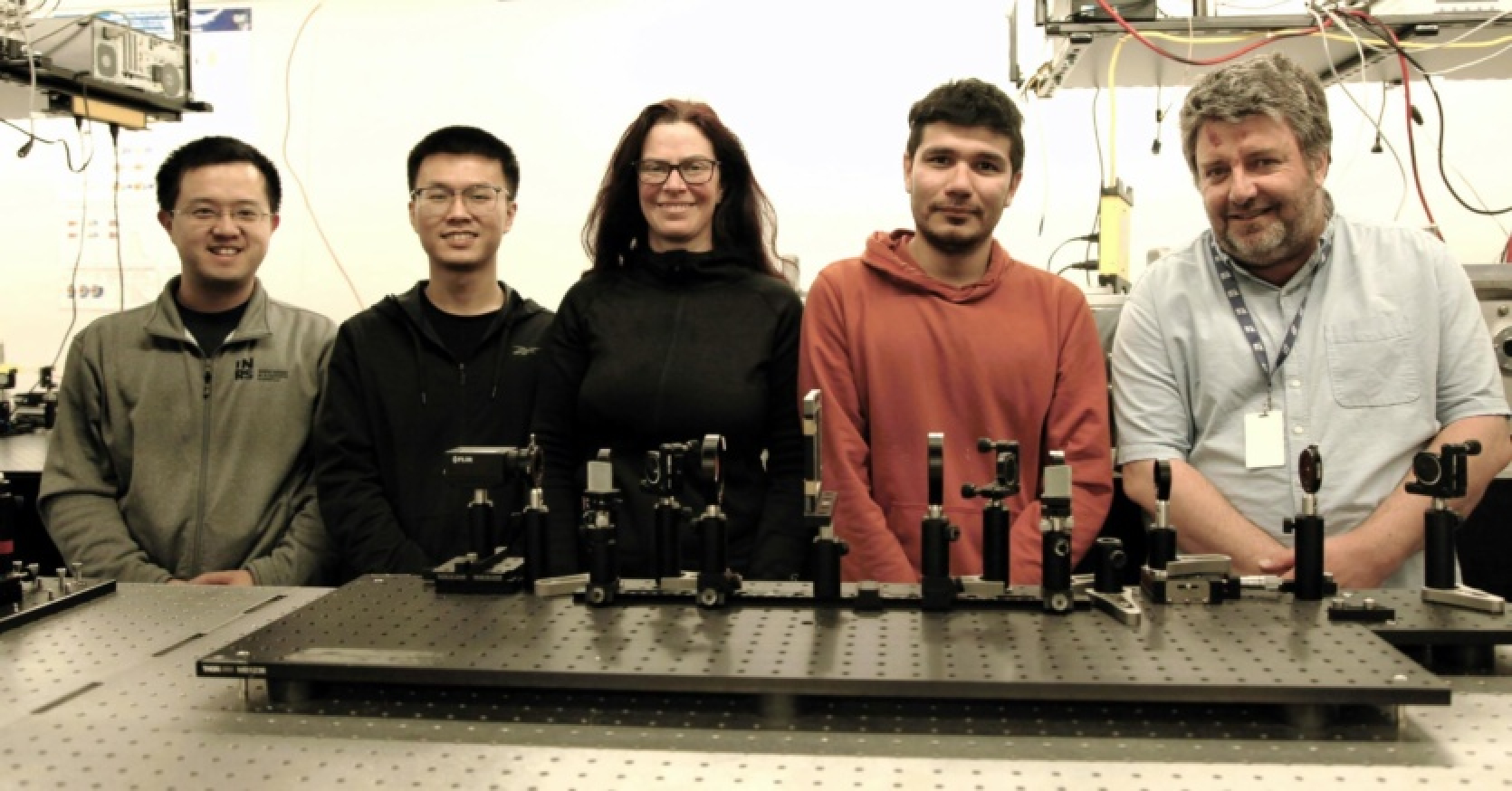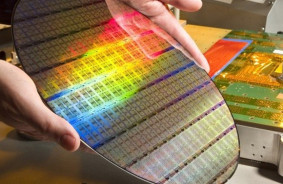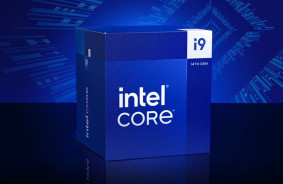Scientists have developed an extremely fast scientific camera that captures images at an encoding rate of 156.3 THz for individual pixels, equivalent to 156.3 trillion frames per second. The SCARF (swept-coded aperture real-time femtophotography) research-class camera has the potential to revolutionize the study of microevents that occur and disappear too quickly for modern scientific sensors.
The SCARF camera has already successfully captured ultra-fast events, such as semiconductor absorption and demagnetization of a metallic alloy. This research could lead to new frontiers in areas such as shockwave mechanics or the development of more efficient medical solutions.
Heading the research team was Professor Jinyang Liang from the National Institute of Scientific Research (INRS) in Canada. He is a globally recognized expert in high-speed photography, drawing on his discoveries from a separate study 6 years ago.
Professor Liang and his team prepared the research as a new approach to high-speed cameras. Typically, these systems use a sequential approach: capturing frames one by one and stitching them together to observe moving objects. However, this approach has limitations.
“For example, phenomena such as femtosecond laser ablation, shockwave interaction with living cells, and optical chaos cannot be studied in this way,” Liang said.
The new SCARF camera is based on Liang's previous research to change the logic of traditional high-speed cameras.
“Its imaging modality allows for super-fast switching of a statically coded aperture without disrupting the super-fast event. This provides an encoding speed of up to 156.3 THz for individual pixels on a charge-coupled device (CCD) camera. These results can be obtained in a single frame with adjustable frame rate and spatial scale in both reflection and transmission modes.”
In other words, the camera uses a computational imaging modality to capture spatial information, allowing light to enter its sensor at a slightly different time. The current lack of need to process spatial data allows the camera to partially free itself to capture these extremely fast laser pulses at a rate of up to 156.3 trillion times per second. The raw image data can then be processed using a computer algorithm that decodes the input data in a chessboard pattern, turning each of the trillions of frames into a full image.
Remarkably, these results were achieved by “using commercially available and passive optical components.” The team describes SCARF as a cost-effective, low-energy, and high-quality measurement method compared to existing methods.
Source: Engadget














Comments (0)
There are no comments for now